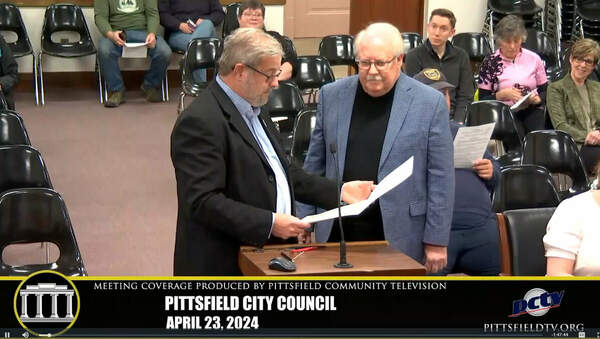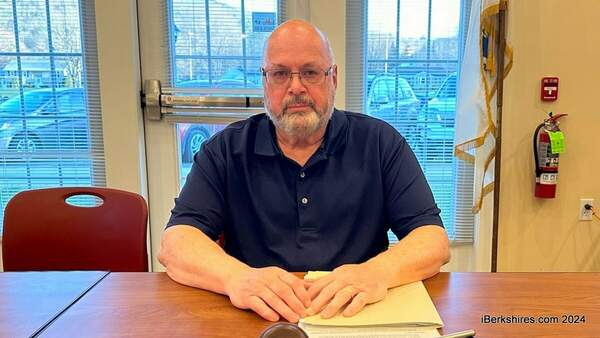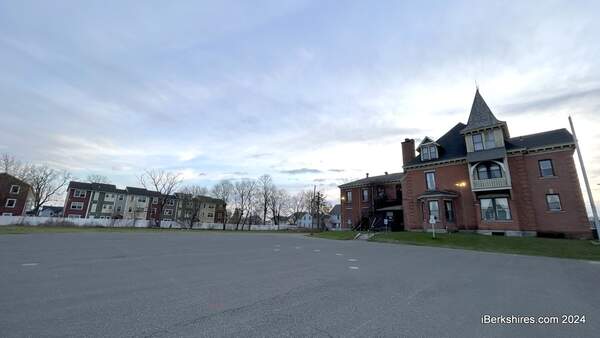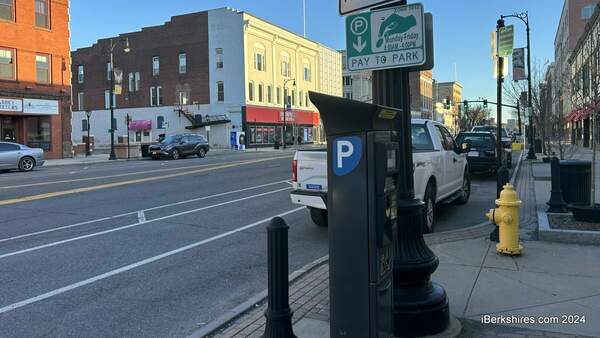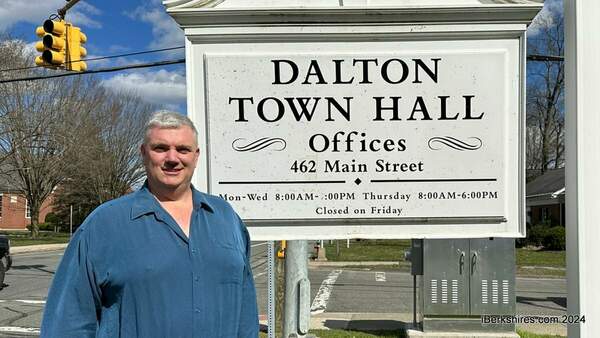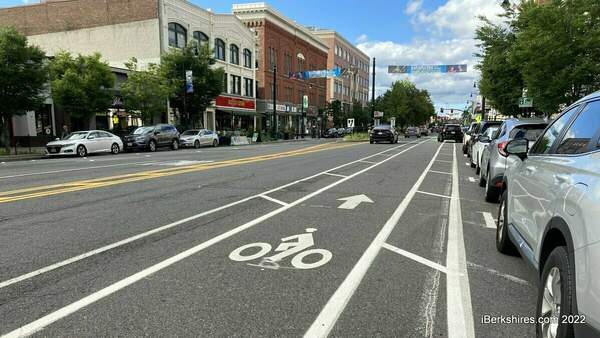Guest Column: Time to Reassess growth Across the Commonwealth
 |
The Massachusetts budget process demonstrates economic progress does not always create revenue for the commonwealth. Total employment is eclipsing previous highs, unemployment rates are below 4 percent, and per capita state GDP is strong. Yet the state's budget is difficult to balance and news stories about revenue shortfalls feel like waking up in Groundhog Day.
Balancing the budget in an imbalanced economy with limited income growth, regional disparities and outdated tax codes will always be difficult. Health care costs and other non-discretionary budget items pose central expenditure challenges that we must address. But underperforming revenue – statewide and regionally – also requires serious attention.
To start, job growth has not resulted in income growth. Comparing job growth between 1995 to 2000, when there was an economic boom (driven by "dot-coms"), to the five years between 2010 and 2015 is telling. Statewide job growth from 1995 to 2000 was 11.5 percent, only slightly above our job growth of 10.3 percent from 2010 to 2015. Yet according to the US Bureau of Economic Analysis, from 1995 to 2000 personal income expanded by 43 percent. In stark contrast, personal income increased by just 22 percent from 2010 to 2015, about half the rate of income growth of the earlier five-year period. Put another way, the economy of today is not generating the revenue of yesterday. Too many people are not earning enough income.
Moreover, expanded personal income growth may not lead to more state revenue. Three major changes to the state tax code during the last 20 years cost the state $3.8 billion per year. That includes the ballot initiative in 2000 to lower the income tax rate from 5.85 percent to the tax rate today of 5.1 percent. While sensible for many reasons, these rate reductions dampen our revenue collections.
From a regional economic perspective, a dangerous divide has emerged. Income, education attainment, and population growth differ substantially within the state. For example, median household income in Franklin ($55,221) and Berkshire ($49,956) counties is much lower than Greater Boston counties like Middlesex ($85,118) and Norfolk ($88,262). Towns in these counties have far fewer adults with bachelor's degrees and face declining populations, impacting their ability to pay for schools and basic services. Disparate opportunity is unacceptable, and underperforming economic regions means lower state tax revenue.
Three actions could start to address these challenges. First, workforce development policies and investments must remain laser-focused on creating higher-wage jobs. The strong correlation between education attainment and wages means placing more emphasis on training lower- to middle-skilled workers for the jobs of tomorrow. Economic development initiatives must generate and retain the full spectrum of jobs in every region of the state, not just recognized hotbeds of innovation like Boston's waterfront and Kendall Square.
Second, action-oriented strategies must address the unique "economic dampeners" that limit growth in each region. Incentives for strong regional partnerships could turn municipal competition into links that encourage mutual growth. Imagine businesses in regions with housing shortages linking with regions with affordable housing and abundant workers. One model to incentivize regional partnerships is the Upstate Revitalization Initiative in New York that recently awarded strategic investment grants to three regions in a competitive process based on the strength of regional economic strategies and partnerships. Economic progress created by a focus on incentives for Gateway Cities should now expand and include smaller cities and rural communities. It is time to create a statewide small town agenda so that all 351 communities in Massachusetts receive the tools they need to thrive.
It also means investing in infrastructure. In Western Massachusetts, nearly 40 communities are still not served by high-speed internet. Recent progress is positive, but the lack of high-speed internet limits small business growth, opportunities to work from home, and even new home purchases in economically depressed areas. Transportation systems still keep portions of our state from major regional economic centers. Linking Pittsfield, Springfield, Worcester, and Boston by expanding east-west rail should be a priority. Connecting regional economic centers would also take pressure off of areas with tight housing markets as people spread across the Commonwealth.
Third, a regional ballot initiative bill (S. 1551) is being considered by the Legislature. It allows regional votes to create revenue streams for local transportation projects. Throughout the country transportation improvements (highways, bridges, transit) are partly funded by local option taxes, such as a small increase in the sales tax. Voters, even in deep red states like Alabama, are agreeing to increase taxes when they know it goes to improvements in local infrastructure. It is time to create 21st century transportation infrastructure and local preference and resources can be a big part of the process.
The area we call home — Western Massachusetts — has world-class higher education institutions and arts and culture, as well as unequaled access to nature and competitive business sectors. A strategic regional approach to economic vitality will ensure equal opportunity for residents wherever they live, and help solve our structural deficit in revenue generation.
Adam Hinds is state senator for the Berkshire, Hampshire, Franklin & Hampden District. Dan Hodge is principal of Hodge Economic Consulting in Northampton and the former director of economic and public policy research at the University of Massachusetts Donahue Institute.
Tags: guest column, Hinds,

